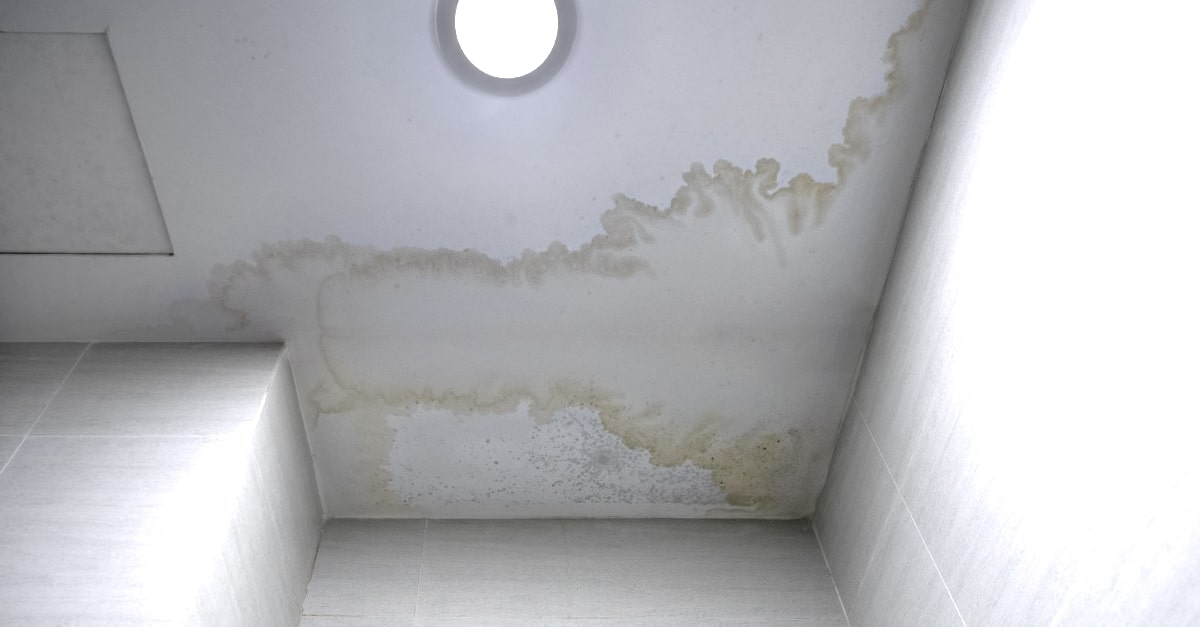The content down below involving How to detect water leaks in your home is indeed attention-grabbing. Check it out for yourself and see what you think about it.

Leakages not just create waste of water yet can additionally cause unnecessary damage to your residence and also promote undesirable natural growth. Water leaks could go undetected because many of the pipework in our residence is hidden. By understanding and also looking for day-to-day scenarios that cause leaks, you can shield your home from future leakages and also unneeded damage. Today, we will certainly check out 6 leak triggers that may be causing your pipes to leak.
Encroaching roots
A lot of water leaks start outside your home instead of inside it. If you see an abrupt decrease in water stress, say in your tap, take time to go out and examine your lawn. You may see wet spots or sinkholes in your backyard, which could imply that tree roots are invading water lines creating water to seep out. You can have your plumber check for intrusion, especially if you have trees or bushes near your residential property.
Corroded water systems
As time passes by, your plumbing system ages and corrosion such as corrosion might start eating away the pipelines. This might be the source of discoloration or bending on your water pipes. This requires an evaluation with your plumber right away. Think about replacing the pipes because they are at a greater threat of rust than the more recent models if our plumbing system is old.
Faulty Pipeline Joints
Pipe joints can wear away over time, resulting in water leakages. If you have loud pipes that make ticking or banging noises, specifically when the warm water is transformed on, your pipeline joints are probably under a lot of stress.
Instant temperature level changes.
Severe temperature changes in our pipes can cause them to increase and contract unexpectedly. This growth as well as contraction might trigger fractures in the pipelines, specifically if the temperature level are listed below cold.
Poor Water Connectors
At times, a leak can be caused by loosened tubes as well as pipes that supply your appliances. Typically, changing is what causes the loosened water Connections. You might discover when it comes to a washing device, a pipe might spring a leakage as a result of shaking during the spin cycle. In case of a water connections leakage, you might notice water running directly from the supply line or pools around your home appliances.
Clogged Drains
Blocked drains may be irritating as well as inconveniencing, but they can sometimes wind up triggering an overflow causing burst pipes. Keep removing any kind of materials that might go down your drains that could obstruct them to stay clear of such troubles.
All the above are reasons for leakages yet not all water leakages result from plumbing leaks; some leaks might come from roof leakages. All leaks ought to be fixed quickly to stay clear of water damages.
Leakages not just cause waste of water but can also trigger unnecessary damage to your home and promote undesirable organic growth. By comprehending as well as looking for everyday circumstances that create leaks, you can shield your house from future leaks as well as unnecessary damage. Today, we will look at 6 leakage causes that may be causing your pipes to drip.
At times, a leakage can be caused by loose pipes and pipes that provide your home appliances. In instance of a water links leak, you might observe water running directly from the supply line or pools around your devices.
How To Check For Water Leak In Your Home
How To Check for Leaks
The average household's leaks can account for nearly 10,000 gallons of water wasted every year and ten percent of homes have leaks that waste 90 gallons or more per day. Common types of leaks found in the home are worn toilet flappers, dripping faucets, and other leaking valves. These types of leaks are often easy to fix, requiring only a few tools and hardware that can pay for themselves in water savings. Fixing easily corrected household water leaks can save homeowners about 10 percent on their water bills.
To check for leaks in your home, you first need to determine whether you're wasting water and then identify the source of the leak. Here are some tips for finding leaks:
Take a look at your water usage during a colder month, such as January or February. If a family of four exceeds 12,000 gallons per month, there are serious leaks.
Check your water meter before and after a two-hour period when no water is being used. If the meter changes at all, you probably have a leak.
Identify toilet leaks by placing a drop of food coloring in the toilet tank. If any color shows up in the bowl after 10 minutes, you have a leak. (Be sure to flush immediately after the experiment to avoid staining the tank.)
Examine faucet gaskets and pipe fittings for any water on the outside of the pipe to check for surface leaks.
Undetected water leaks can happen without the home or business owner even realizing. If you suspect a water leak, but not able to find the source. It is time to contact a professional water leak detection service, The Leak Doctor.
How To Find a Water Leak In Your Home
https://www.leakdoctor.com/blog/How-To-Check-For-Water-Leak-In-Your-Home_AE197.html

Do you like reading up on How to detect water leaks in your home? Write a remark down below. We'd be pleased to see your ideas about this write-up. Hoping that you come back again later on. Loved our article? Please share it. Let another person discover it. We treasure reading our article about How Fast Water Damage Can Ruin Your Home.
Ready to help!